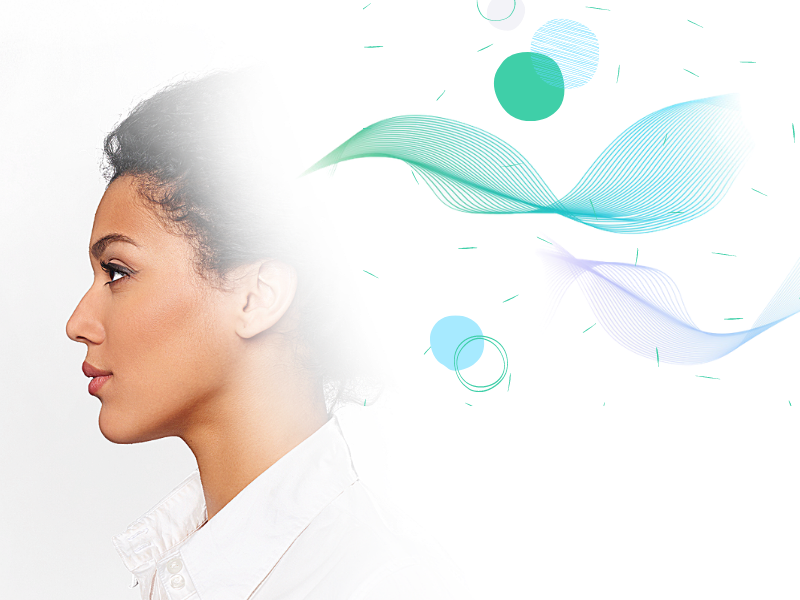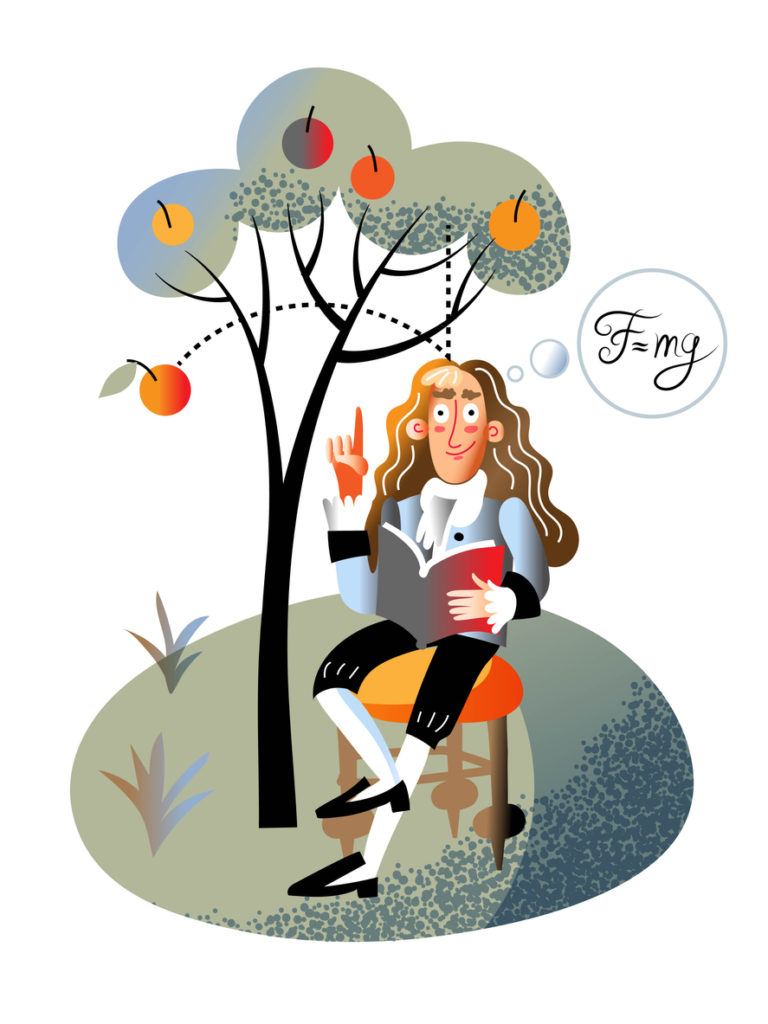What better way to start 2021 than with a new science communication challenge! This month we have one that should help get your creative juices flowing… writing (or visualizing!) a time when creativity, imagination or subconscious thought was important to your scientific or artistic work!

This month’s Lifeology SciComm Challenge was inspired by Tom McLeish’s “The Poetry and Music of Science.” In this book, McLeish sets out to close the divide between science and art. He does this by demonstrating how creativity, imagination and a “messy” creative process – advanced at times by intangible and subconscious insights – are critical to both scientific and art disciplines.
“The idea that science and the humanities are separate, non-overlapping spheres of learning is widely assumed. There are ‘two cultures’, we are told, each with its own set of methods and values. It’s a division that has been reinforced by workplace specialisation and the creation of educational silos in schools and colleges.” – Joe Humphreys, “Rethinking stereotypes about science and the arts” – reviewing The Poetry and Music of Science in The Irish Times.
People tend to think of science (and scientists) in “cold” terms. They might see science as a very technical discipline that has “no room for imagination or personal creativity,” in the words of students interviewed by McLeish. They may see science as offering valuable information, but lacking in the humanity, beauty and magic of the arts. Science may provide us with tools and technical information, run the story, but it is art that can change how we see the world, imbue us with purpose and help us understand ourselves better.
I imagine that most of us who practice science know that this is not the case. We’ve seen beauty and even magic in science – awe and wonder may have led us to practice science in the first place. And science has certainly changed how we see the world, and arguably helped us understand ourselves as well. And yet we often fail to communicate about the creative, imaginative moments that inform our research agendas, questions and methods. In fact, the norms of scientific publishing might even dissuade us from sharing these moments. Instead, we talk about our hypotheses and methods as if they were foregone conclusions based solely on the “facts” we derived from the reading of previous literature.

Art and science are not as different as we’ve been led to believe. But why do so many of us – scientists included – fail to recognize the importance of creativity, imagination, subconscious thought, creative process and even the act of creating art (doodling in your lab notebook for example! Or writing creatively as a source of imaginative scientific thinking?) in our scientific work? Perhaps it is because we aren’t trained to appreciate, much less communicate about, the creative time and work (and even random chance events!) that go into coming up with good research questions or methods in the first place.
Has a mistake in the lab ever led you to try a standard technique in a new way? Did this ultimately help reveal new and important scientific information? Have you ever had an insight about your scientific work in the shower, while talking to a non-scientist friend, or while reading or doing a hobby unrelated to your science? Have you ever thought of a scientific experiment, “I wonder what would happen I did X…” for no rational reason… other than pure curiosity? Maybe there is more to the #overlyhonestmethods Twitter movement than meets the eye. Maybe in these tweets, scientists are revealing – even subconsciously – how important mistakes-followed-by-new-insights, conversations with non-scientists, creativity and imagination are in advancing scientific knowledge.
.... finally, this paper exist because I said something vague about alternative stable states and health outcomes to @edyong209 and he said "That sounds interesting. What do you mean?" and I realized I had no idea. #overlyhonestmethods
— JessMet (@CJEMetcalf) December 14, 2020
Definitely have set up experiments with the hypothesis “bet there’s something weird in here”, does that count #overlyhonestmethods https://t.co/unafAzOnu9
— Dr. Jillian Scudder (@Jillian_Scudder) August 23, 2020
How can we change misconceptions that scientific work lacks creativity and imagination, and that science lacks beauty and magic? Scientists can start by telling personal stories of discovery that involve imagination! Which brings us to this month’s science communication challenge!
This month, we are challenging you to write a 200-500 word mini-essay (or one-page poem or visual story!) about creativity in your scientific (or artistic!) work. In this essay, describe a time or a period of time when creativity, imagination, a sense of wonder or beauty, or an artistic endeavor was key to a breakthrough, new perspective or question in your scientific work or science artwork.

You could write about a time when you experienced beauty or awe in your scientific work or in learning about science, and the downstream implications of this experience. Or you could write about a time when creativity or imagination was key to a new direction in your scientific research (or in a science art project). Describe that creative process, insight or imaginative moment and how it might have come to be.
“This happened to me when I was working on antimicrobial resistance. I was truly motivated to create something creative to capture the attention of people/students to it. I ended up writing a poem on it.” – Ananya Dash
“For this challenge, you might simply reflect on the story of a scientific project, its twists and turns, false allies and ephemeral visions, on the way to some new understanding. It doesn’t have to be spectacular.” – Tom McLeish
Have you experienced a sense of wonder or marvel at learning some aspect of science, like a puzzle picture finally coming into clear view, that inspired you to further exploration? Have you experienced an “aha” moment of scientific discovery, an apple falling on your head, so to speak? Has a scientific insight come to you while you were creating art? As a result of some “mistake”? Or while you were in a daydream or subconscious thought?! Have you been prompted to ask a new research question by a conversation with someone outside of your field or by observing something in your daily life? (I have! My Scientists Who Selfie research project was inspired by my activity on Instagram as an aerial artist. I had seen how a community could come together around sharing their personal stories related to a common interest.) Maybe a new idea you stumbled upon in this way was ultimately not quite right or fully evidence-based, but it prompted further exploration and experimentation that resulted in a breakthrough for you. Write about or visualize this experience!
Hopefully, by sharing, you will help others see that science does indeed leave room for creativity and imagination, and even depends on it.
To officially complete this challenge, all you have to do is send in your mini-essay (or one-page visual story – a comic format works!) to Lifeology@lifeomic.com by midnight on January 31, 2021. We will feature your submission in a round-up blog post at the end of the month!
Our favorite entry will also be adapted into a narrative Lifeology card deck, with paid professional illustration! (The deck might look something like this.)




